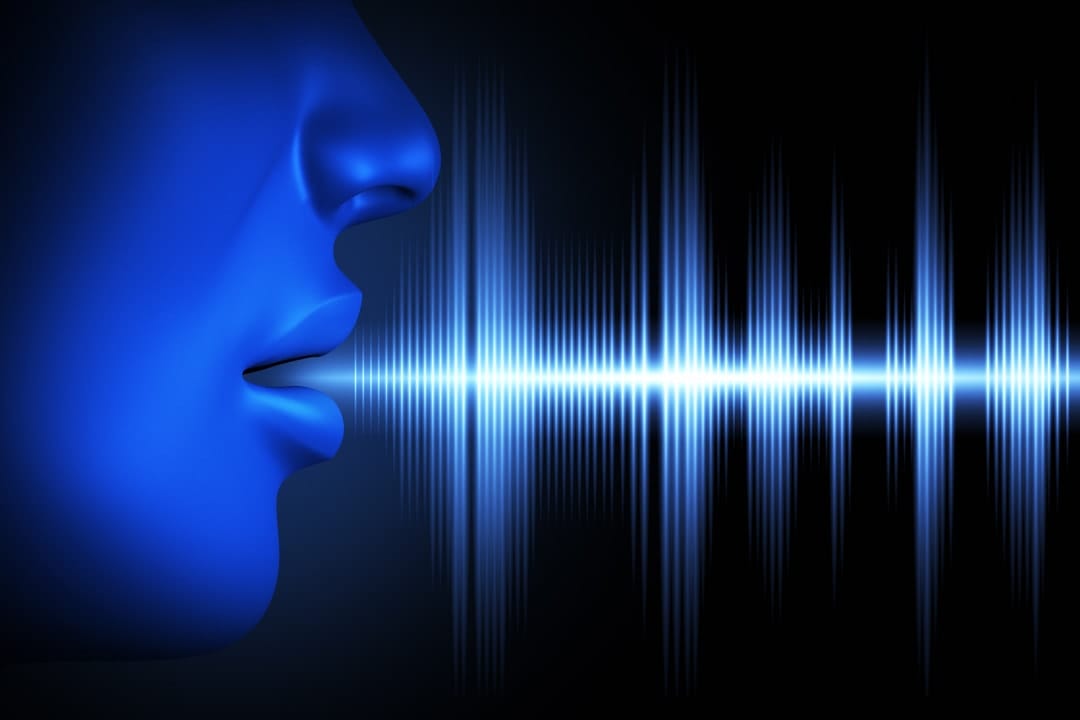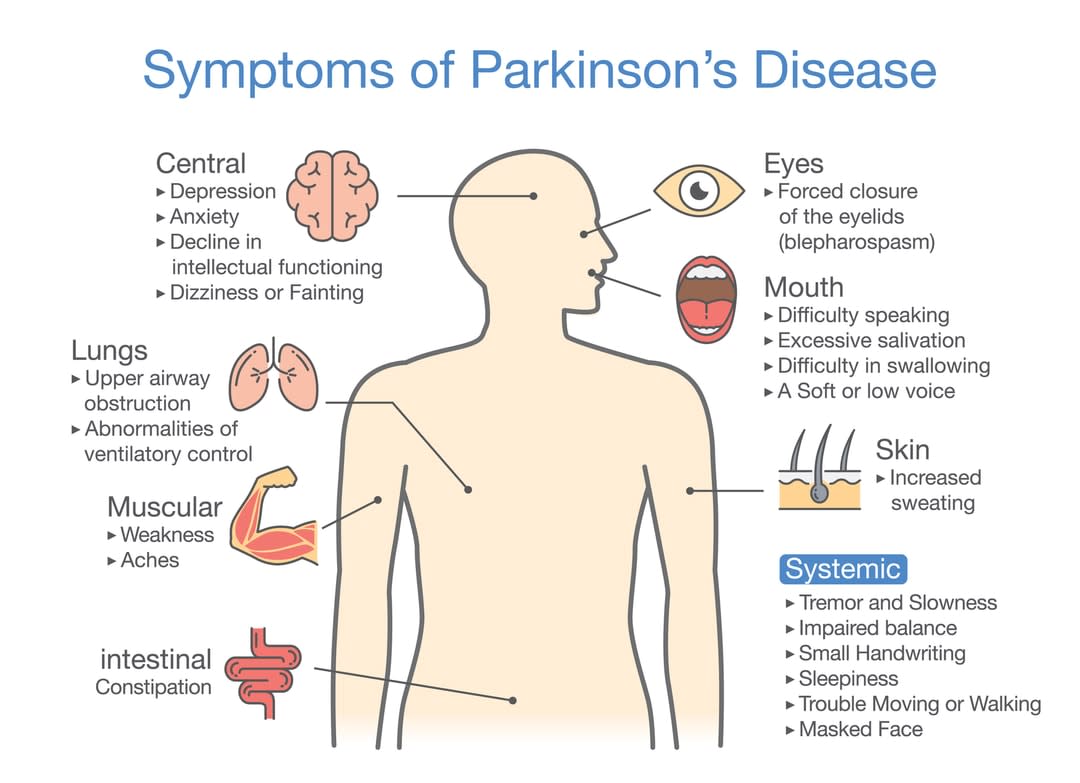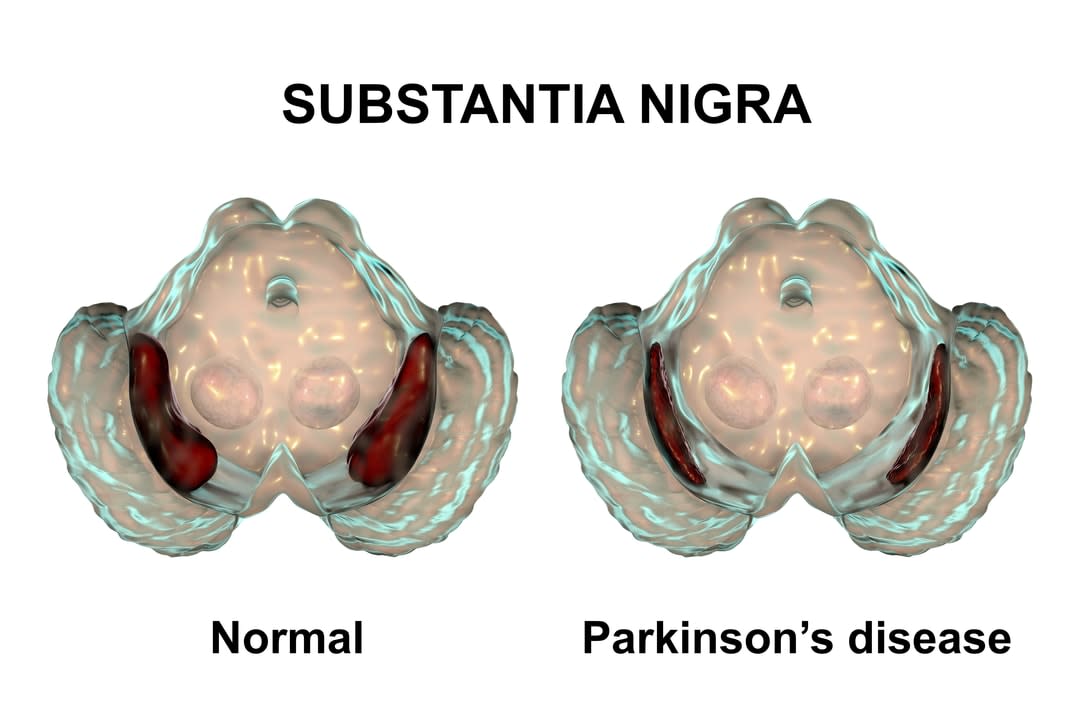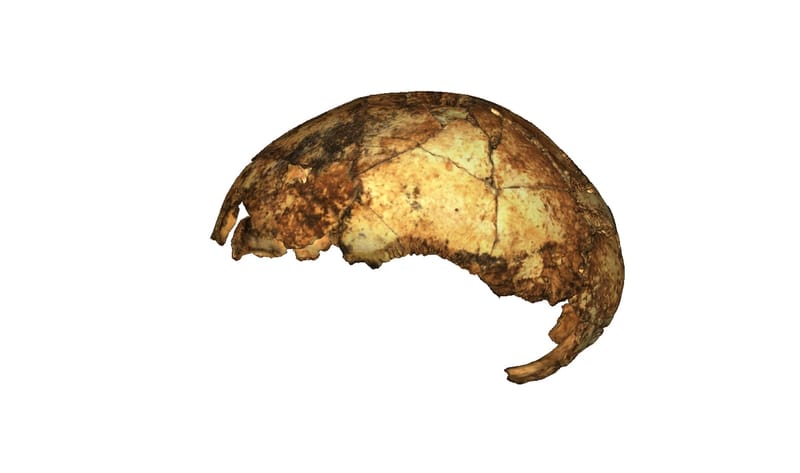
James Parkinson was a lot of things (as a political activist he was accused of being involved in a plot to murder a king of England), but he was primarily a surgeon, in London, around 1800. His was the first research into gout, the appendix, and also what he called the "shaking palsy" – Parkinson’s disease.
In 1817, he penned An Essay on the Shaking Palsy, which was the first medical description of patients suffering what we now know to be Parkinson’s, a degenerative, incurable brain condition that impacts body movements and causes tremors. It affects an estimated 10 million people worldwide.
Of the mysterious early stages of the insidious disease, he wrote, firstly, that it was “nearly imperceptible”. The patient, he wrote, can usually not remember the earliest changes in his or her body and brain. “The first symptoms perceived are, a slight sense of weakness, with a proneness to trembling in some particular part.”
Now – more than 200 years after Parkinson’s first ideas – a growing school of thought is focusing on the human voice and the vocal cords as the earliest signal of the disease.
“It's already been shown in the literature that there are strong links between early Parkinson’s disease and voice"
Monash University is at the forefront of these endeavours. Dr Andrew Ma and Professor Dominic Thyagarajan, two Central Clinical School neuroscientists, are currently testing a new and potentially very simple way to improve early detection.
“The study measures voice changes using CT [CAT] scans,” Dr Ma says. “The advantages of this technique are that we get measurable, quantitative data. It's also less invasive for patients compared to laryngoscopy – which involves a camera down the throat to look at the vocal cords – which had been used in earlier studies. If our technique is proven to be useful, it will be easier to roll out in clinical practice.
“It's already been shown in the literature that there are strong links between early Parkinson’s disease and voice, and hopefully we can show that CT scans are able to detect these changes.”
Researchers and clinicians know that some patients reported that their voice had turned more "breathy" in the early stages of the disease. Dr Ma explains that the voice can change in numerous ways.
- First, there's dysphonia, where the quality of voice is altered to become more breathy and hoarse.
- Secondly, hypophonia – a soft voice.
- The last is dysprosody, where the cadence of voice pitch and rhythmicity changes. Patients may lose ranges of expression or begin speaking in more of a monotone.

These things can become very noticeable as the disease progresses, but tend to be imperceptible at the beginning. Most early-stage research has been on so-called "cardinal" motor features – slowed movement, tremors, and/or rigidity of the muscles. There's no blood test or brain scan that can tell if someone has the disease.
The best-case scenario, if CT scans prove to be as useful as the researchers expect, is that patients will be able to be diagnosed up to eight years before current clinical diagnoses.
The current trial involves 31 patients (and some "control" patients without the disease) from the Monash Medical Centre in Clayton with Parkinson’s disease of different severities. Each patient has a CT scan while saying the letter E five times for five seconds each. The scanner takes a snapshot every 100 milliseconds, giving 50 snapshots for each patient, measuring the movement of the vocal cords.
“The greatest use of having another diagnostic test for Parkinson’s,” says Dr Ma, “is to catch the early period.”

“There’s a lot of excitement about a cure or a disease-modifying treatment – many have been tried that in theory could work, but nothing has shown benefit so far. My opinion on it, and the opinion of many others in the field, is that it's probably too late to start treatment by the time we can clinically diagnose Parkinson’s.”
This, he explains, is because the affected part of the brain – the substantia nigra – is, by then, significantly damaged.
“That’s where the utility really lies. If we can get an early diagnostic test, then maybe those treatments that have so far shown no benefit can actually help.”
Researchers have also discovered a link between dreams and Parkinson’s disease. “It's another early sign,” says Dr Ma. “It's called REM sleep behaviour disorder. Normally, without Parkinson’s, we don’t physically enact our dreams. But in Parkinson’s it seems the switch in the brain which modifies this is sometimes damaged. So our dreams play out. The sleeper won’t know, but the sleeper’s partner knows. The dreams are often persecutory – being pushed, being chased. There are often violent movements. This can happen sometimes decades before a clinical diagnosis.”
But for now, the focus is on the human voice.
“Patients say that even before a clinical diagnosis they noticed that voice changes do precede a lot of the other features that we associate with the disease,” says Dr Ma. “So we have known this for a while but we have not had a technique which was rigorous enough to use in everyday clinical practice, which is why we have decided to test newer modalities to assess the voice.”





